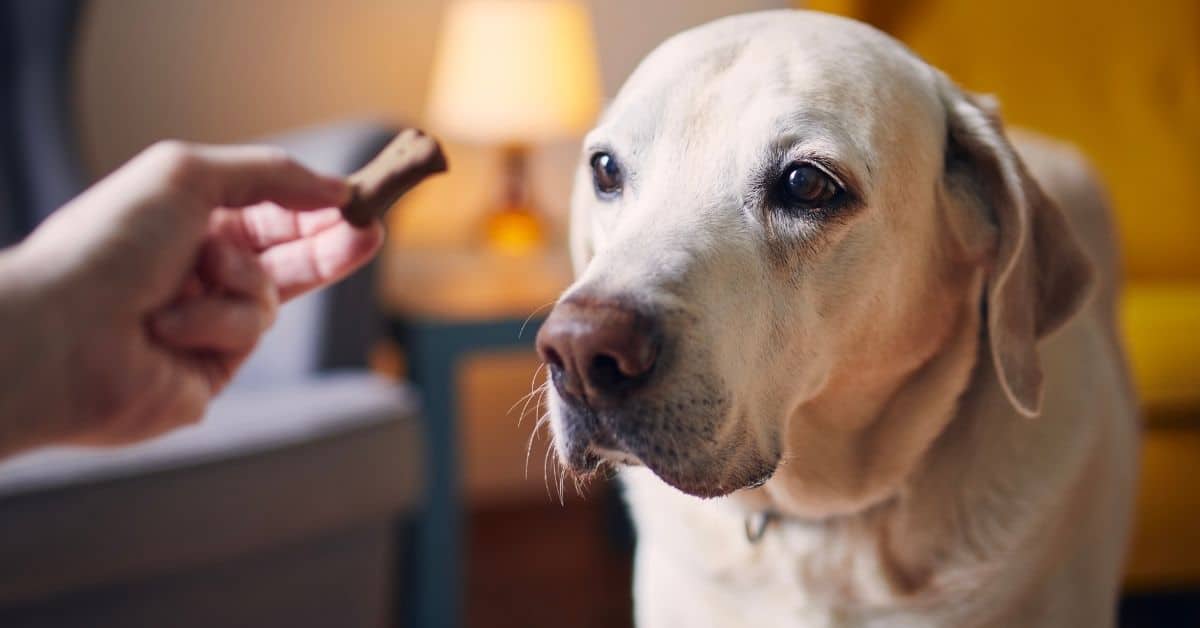We all know how much our dogs mean to us – they’re not just furry companions but part of the family.
But did you know that your dog is doing amazing things beyond just being cute and cuddly?
Here’s a look at some of your dog’s actions and what it means.
In this article, we share 11 interesting dog behaviors and what they mean.
Licking Your Face Is Your Dog’s Way Of Showing Affection
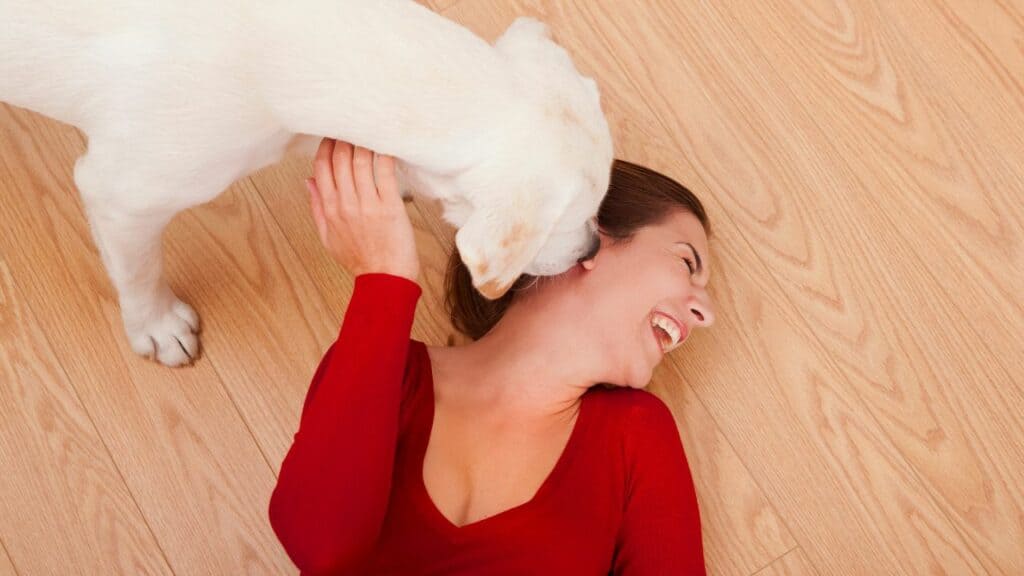
Your pup loves you more than anything in the world, and they have their way of expressing it.
One sweet, if a little gross, doggy gesture is faced licking.
Licking your face allows your pup to show their love and appreciation and leave their scent on you.
That is like proclaiming that you are part of their pack, so what better way for your pup to say “I love you” than with a wet lick?
Face licking daily may seem excessive, but rest assured it’s usually them just showing their affection for you!
Yawning When You Do It Means That Your Dog Is Relaxed Around You And Feels Comfortable In Your Presence
Yawning is an interesting behavior in dogs with many different meanings.
On the one hand, it can be a sign of exhaustion, but it’s also a sign that your pup feels content and relaxed around you.
When you notice your dog yawning while with you, it means they’re in its comfort zone and don’t feel threatened.
They have formed a bond of trust with you because they feel safe in your presence.
Yawning is a classic sign that your furry friend believes they are in secure company and all is well in their world!
Tilting Their Head When You Talk To Them Shows That They’re Trying To Understand What You’re Saying
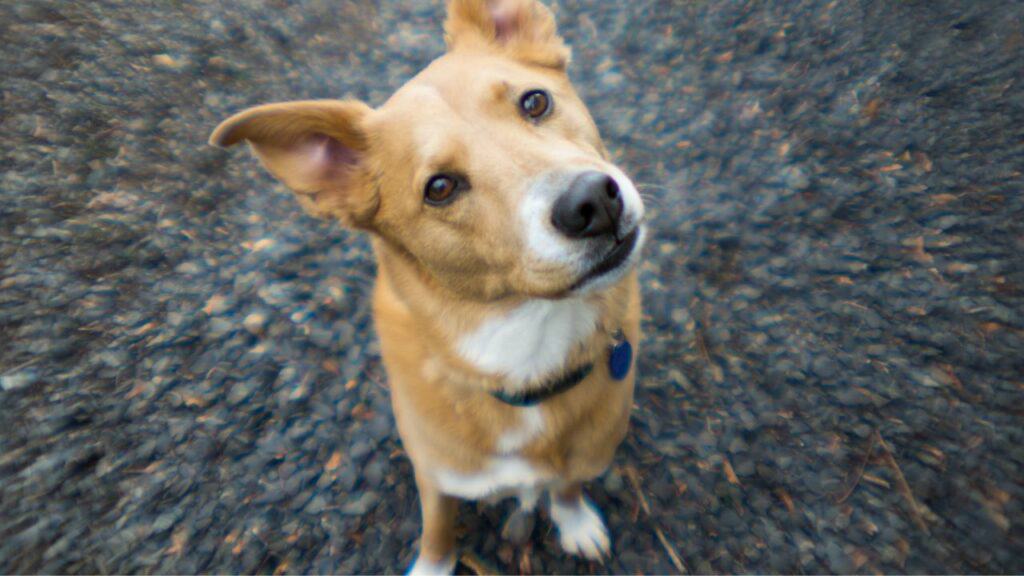
When someone tilts their head when you’re talking to them, it can be a sign that they are really trying to understand what you are saying.
This small body language gesture can indicate empathy, interest, and attentiveness; therefore, it’s an important indicator of how engaged the listener is with the conversation.
By tilting their head, they show that they are hearing what you have to say and actively trying to comprehend your message.
The next time you’re speaking with somebody, pay attention to the small cues they give off in their body language; these little signs can tell a lot about how they feel towards the conversation!
Sniffing Other Dogs’ Behinds Is How Canines Greet One Another And Get To Know Each Other
Regarding canines, ‘greeting’ each other is done a bit differently than with humans.
Sniffing each other’s behinds may seem strange to us, but to them, this is actually how they learn information about the new dog and helps establish relationships.
It allows for important communication as dogs can pick up scents from the oils excreted from their glands, like the familiar smell of family members or if they’ve been introduced to another breed before.
Canines use this as a way to detect moods and get an understanding of their environment – a language in itself, all within a single sniff.
Shaking Head – But How Is It Amazing?
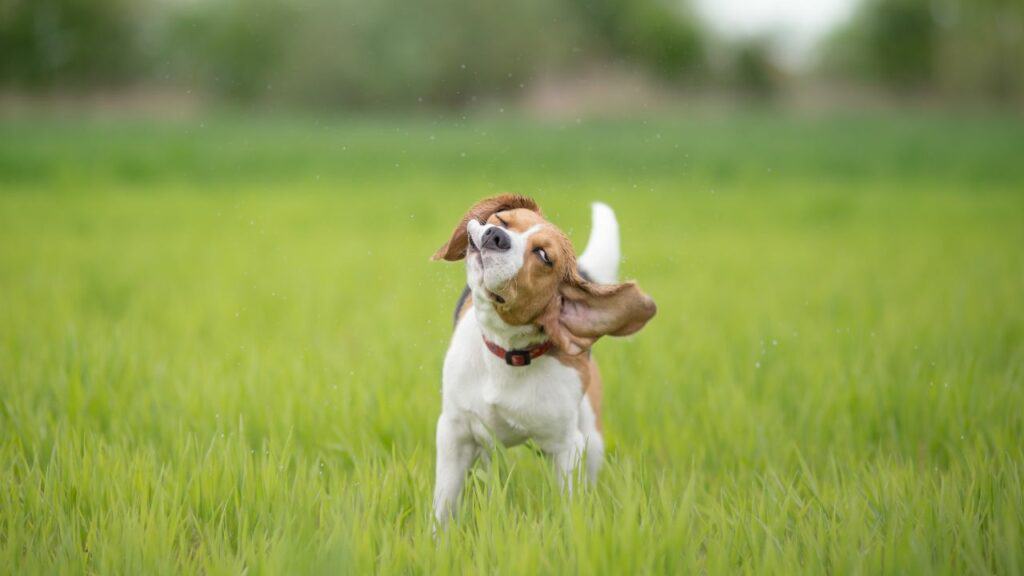
Shaking one’s head is a universal gesture that can communicate multiple meanings.
In some cultures, it expresses disagreement or a negative response, while in other contexts, it could be seen as agreement or affirmation.
In addition to its use in communication, people will also shake their heads to avoid things they do not want to face – for example, if someone does not want to hear something, they may react by shaking their head consciously or subconsciously.
That is an interesting form of body language and could indicate what somebody is feeling or thinking.
They Can’t Sweat As Humans Do
Reptiles rely on an entirely different method of thermoregulation than humans.
Instead of relying on sweat production, these creatures depend on environmental temperature to maintain their internal body temperature.
If a reptile is too cold or hot, it will seek out a part of its environment that allows them to move closer to its ideal range.
Some reptiles will even change colors as the temperatures change to draw even more warmth or cooling from the sun.
This system works for most reptiles, but care must still be taken to ensure their environment is kept at a healthy temperature.
When Your Dog Brings You Their Toys, They’re Trying To Show You That They Trust You And Want To Play With You
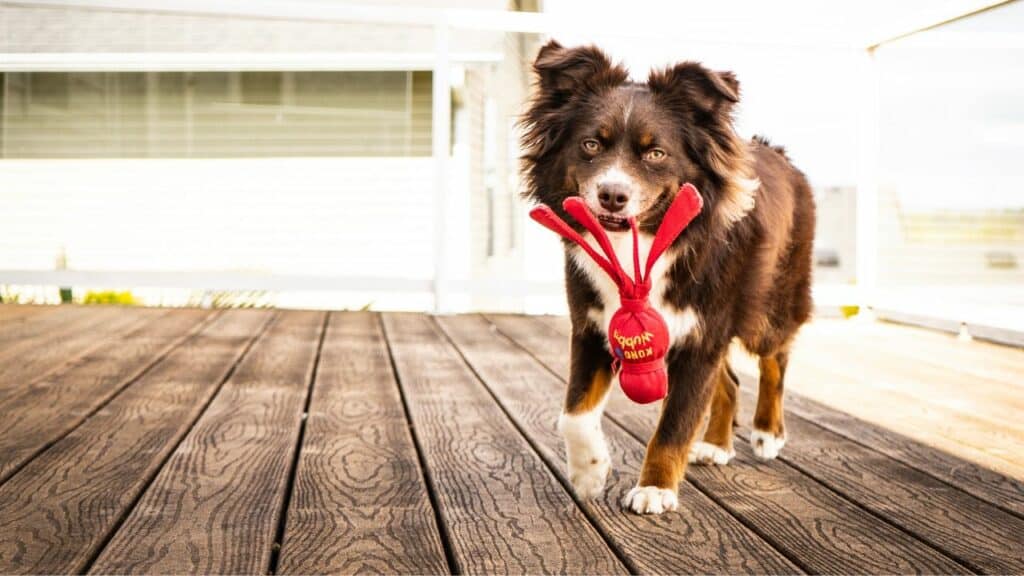
Dogs are natural-born pleasers, and they love to show you how much they care about their actions.
One of the cutest and most reassuring things a pup can do is bring you their favorite toys.
This is an adorable way for them to tell you that they trust you and would love to play with you.
They may even try to involve you in their games or initiate one-on-one bonding time.
No matter your pet’s motivation, it’s indicative of a safe and loving relationship.
Everyone needs to feel loved, especially our furry friends, so spend a little extra time playing with them when they offer their favorite toys!
Jumping Up On You
Jumping up on you can be a cute behavior dogs may display when they are excited, but it is also unpleasant.
This behavior should not be encouraged, as it can cause physical harm and damage your clothing.
If you find your dog tends to jump up on people, you should take steps to educate them on more appropriate behaviors, such as sitting politely instead.
Training patients and providing positive reinforcement during lessons can help your pet learn that jumping up is unacceptable while ensuring they remain eager and absorb information effectively.
Through consistent training, jumping up can eventually become an issue of the past in your household.
Doing “Zoomies”
Doing “zoomies” is when a dog runs around in circles or zig-zag patterns fast.
They usually do this because they are excited and want to release their energy.
It is also a way for them to have fun and enjoy themselves.
Dogs often do zoomies when they get home from a walk or just after eating something yummy.
Do zoomies is normal for dogs, so don’t worry if your pup does it once in a while!
Wagging Their Tails
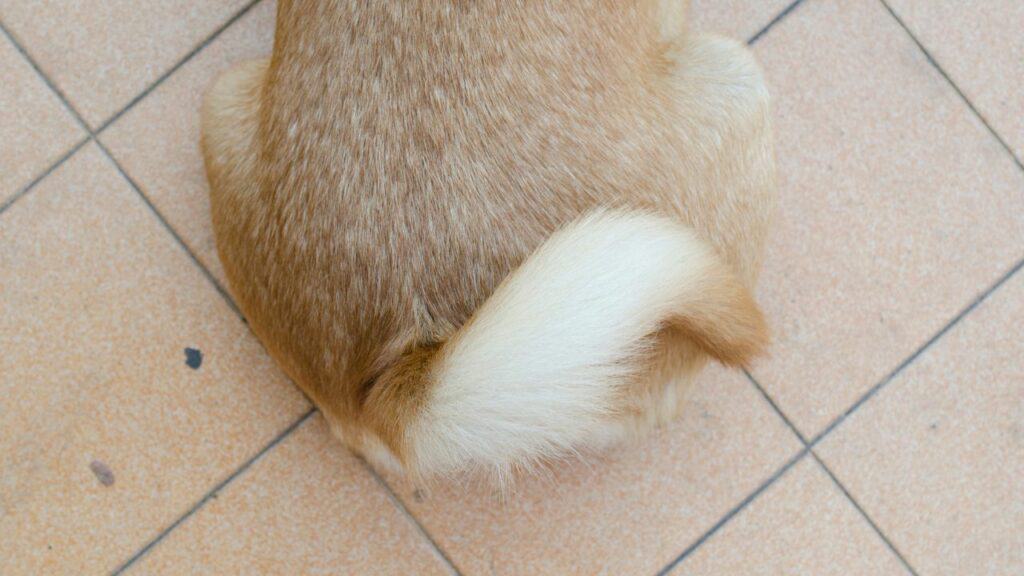
Dogs wagging their tails is a recognized and appreciated sign of delight and pleasure.
Research has shown that, in most cases, when a dog wags its tail, it is content and happy. This phenomenon occurs due to the release of dopamine during positive emotional experiences, which triggers the movement of the tail.
Furthermore, subtle differences in how a tail is wagged can indicate different emotions – for example, a held or low-slung wag may signify insecurity or fear instead of joy.
Finally, not just among dogs but other animals as well, the classic “tail-wagging” movement is associated with peaceful satisfaction.
So next time your furry companion shows his delight by waving his tail around, you know he’s truly delighted!
Digging Or Pawing The Ground After Pooping
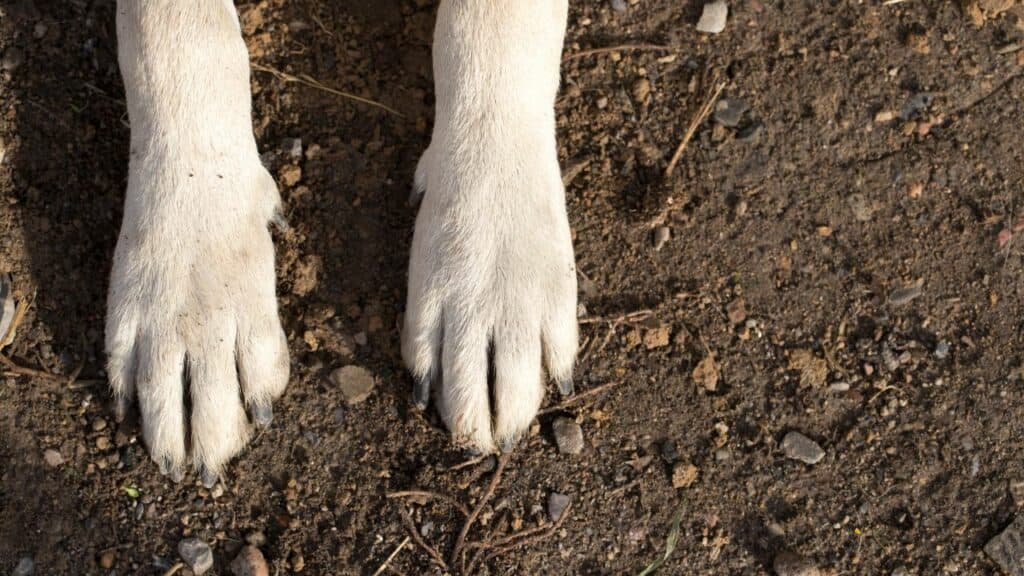
Some dogs dig or paw the ground after pooping, an instinctive behavior believed to be rooted in the animal’s evolutionary past.
It’s thought that this behavior helps to reduce the scent of their droppings, making it harder for predators to locate them.
Dogs may also be trying to cover up their feces to keep their living space clean and safe from other animals.
The digging and burying of feces may have started as a way for wild canines to hide from predators. Still, in modern times, the behavior has been adapted by domesticated dogs for different purposes.
Wild dogs use this technique to mark their territory, which helps them distinguish which areas are theirs and where other animals are not welcome.
Domesticated dogs can also learn to do this when they want attention or are anxious.
Dogs are amazing creatures that have their way of communicating with us.
By understanding some of the things they do, we can better appreciate our furry friends and deepen the bond we share with them.
So next time your dog does something that seems odd, remember that they’re just trying to tell you something.
Related Articles
If you want to learn more, read the following articles too!

